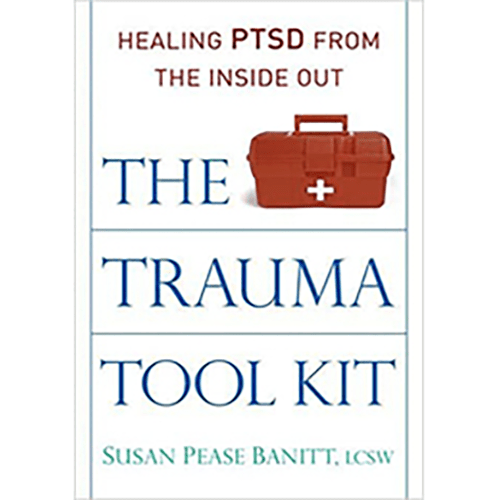Description
Author: Susan Pease Banitt
Publisher Quest Books Theosophical Publishing First Edition 2012
Format: Paperback
Condition: Like New signed by the author
Summary:
In The Trauma Tool Kit: Healing PTSD from the Inside Out, Susan Pease Banitt, LCSW, presents a groundbreaking, holistic approach to healing trauma and PTSD. Drawing from her extensive experience as a psychotherapist and trauma specialist, Banitt combines clinical expertise with integrative healing techniques to offer readers a roadmap to recovery.
Unlike conventional treatments that focus solely on cognitive therapies or medication, Banitt's book delves into the body's innate ability to heal, exploring Eastern and Western healing modalities such as meditation, energy work, movement therapies, and nutritional support. She explains how trauma is stored in the body and provides practical, accessible exercises that help release emotional wounds at their core.
This book is an essential guide for trauma survivors, mental health professionals, and caregivers seeking a compassionate, empowering approach to PTSD recovery. Banitt’s wisdom and personal insights make it not only an informative read but also a deeply inspiring one. With this first edition, signed by the author, readers can own a collectible copy of a transformative guide that has helped many regain control of their lives.
Key Takeaways:
- A mind-body-spirit approach to PTSD and trauma recovery
- Practical tools and exercises to support emotional and physical healing
- Insights from both clinical practice and holistic traditions
- A must-read for trauma survivors, therapists, and holistic healers
